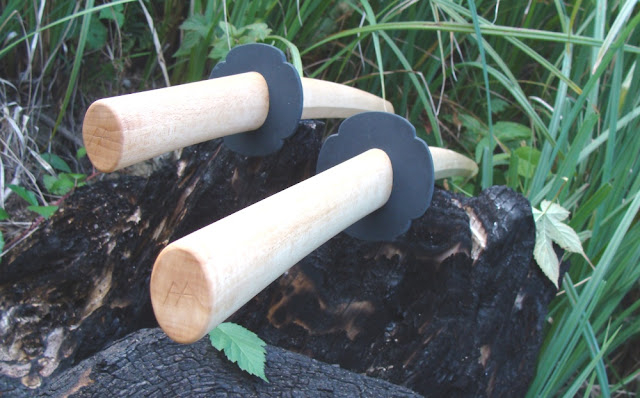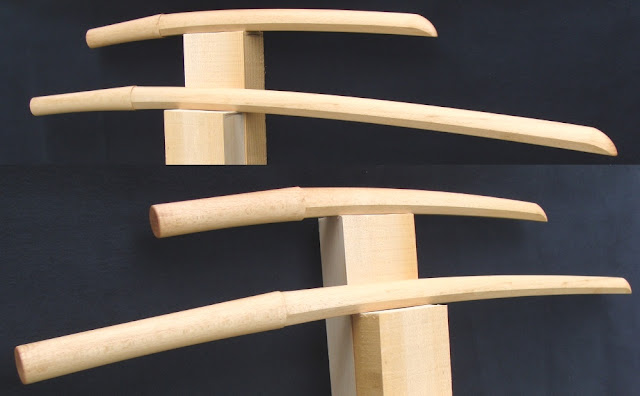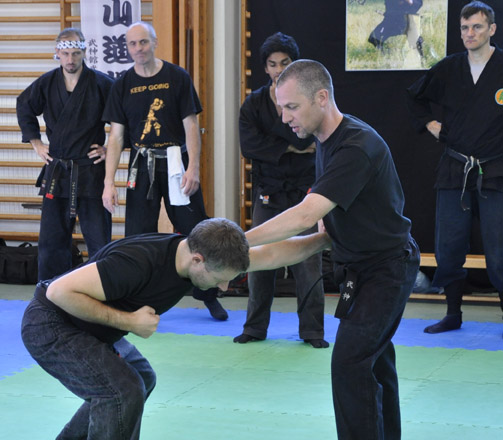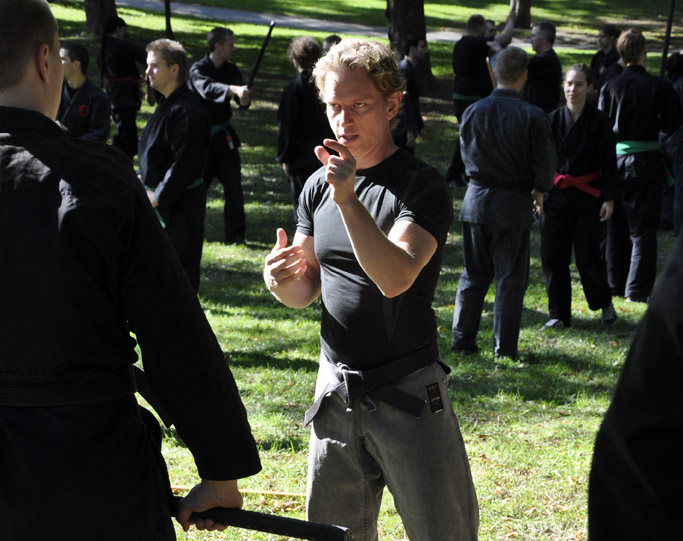From Bujinkan Santa Monica by Michael
 |
| Lupin, anime figurine, Kadena-Cho Okinawa Japan. photo by satori.image |
Timing is basic to combat strategy. Whether it is unarmed, iaijutsu, or even gunfighting. This variable and how you manage it contains hidden lessons.
Consider this example from a gunfight in William S. Burroughs' "The Place of Dead Roads,"
Suddenly Kim flicks his hand up without drawing and points at Mike with his index finger.
"BANG! YOU'RE DEAD."
He throws this last word like a stone. He knows that Mike will see a gun in the empty hand and this will crowd his draw….
(With a phantom gun in an empty hand he has bluffed Mike into violating a basic rule of gunfighting. TYT. Take Your Time. Every gunfighter has his time. The time it takes him to draw aim fire and hit. If he tries to beat his time the result is almost invariably a miss….
"Snatch and grab," Kim chants.
Yes, Mike was drawing too fast, much too fast.
Kim's hand snaps down flexible and sinuous as a whip and up with his gun extended in both hands at eye level.
"Jerk and miss."
He felt Mike's bullet whistle past his left shoulder.
Trying for a heart shot.
Both eyes open, Kim sights for a fraction of a second, just so long and long enough: the difference between a miss and a hit. Kim's bullet hits Mike just above the heart with a liquid SPLAT as the mercury explodes inside, blowing the aorta to shreds.
Violent and descriptive. Thank you Mr. Burroughs for an example that obviously comes not just from an imaginative writer but from real gunfighting experience.
In basic taijutsu timing, you can be early, current, or late or all the moments in between. In reality, making such distinctions has little to do with the reality of time as experienced in combat.
Time becomes elastic. People experience time differently depending on their age, psychological state, or even cultural background.
Burroughs' gunfighter, Kim, uses an early timing with his finger bluff. Let's consider this type of early timing. How do we define it?
The other night in my class we were training the kata 隼雄 Shunū . In this kata, as your opponent moves to draw his sword, you enter before he can execute his draw and while his sword is still partially in the saya. At one point I moved in really early before my uke had acted at all. You might say I jumped the gun (heh). From the outside maybe it looked like I made a mistake. But the timing felt right. And the results I got confirmed that to me.
Many people train this kata unrealistically. Largely because the attacker has a terrible draw that never had any intention of being completed, or was so poor in execution it never had any chance to cut anybody. But if you train with a competent swordsman the timing changes.
Here's the reality. If a competent swordsman has correct distance, and you attempt to enter when he starts his draw, you will be cut down. The only hope at this moment of timing is that you are facile with kyojitsu or you abandon your entrance entirely.
A good swordsman has ways of adjusting his draw to catch you coming in, retreating, or standing still. So entering early in this context has a different meaning. Hatsumi Sensei references this timing with the concept of 出花 Debana,
"Attacking the opponent before their own attack has formed; this is the art of seizing the flower before it blooms. The expression "debana" can be traced to the Fushikaden by Zeami ("Flower of Appearance," a Noh drama book of the 15th century). It refers to the state of a flower just before blossoming."
This timing is not the same as a preemptive strike which is an even earlier timing. Like paying a visit to your opponent's house the night before while he is sleeping. Even though preemptive strategies can be useful, that are largely illegal. The "出花 debana" timing catches your opponent just when his intention shifts.
That is where the secret hides. As Zeami wrote, “秘すれば花 Hisureba Hana” - "That which is hidden is beautiful" or, “when you keep a secret, a flower blooms.” To use this timing you have to notice and be aware of your opponent's shifting mind or intention. He of course attempts to keep that flower hidden. So how do you find it?
Hatsumi Sensei says,
"Use kyo-jutsu (present truth) to discern the hidden aim of the opponent and strike them before they can execute the move."
This is your tool. Use
虚実 kyojitsu. If he responds to the 虚 kyo (illusion), give him the 術 jutsu (true form).
This is exactly what Burroughs' gunfighter did in the example above.
This can't be taught in writing, but must be experienced. So how do you know when you've got it? Well, in my own class the other night, my uke was startled by my entrance and froze. In my own experience, whenever I've executed 出花 debana correctly, my opponent stutters, freezes, or hesitates in his attack. It's like you interrupted the signal from his brain to his body.
During this interruption you have ample time and space to watch the flowers bloom.



…












